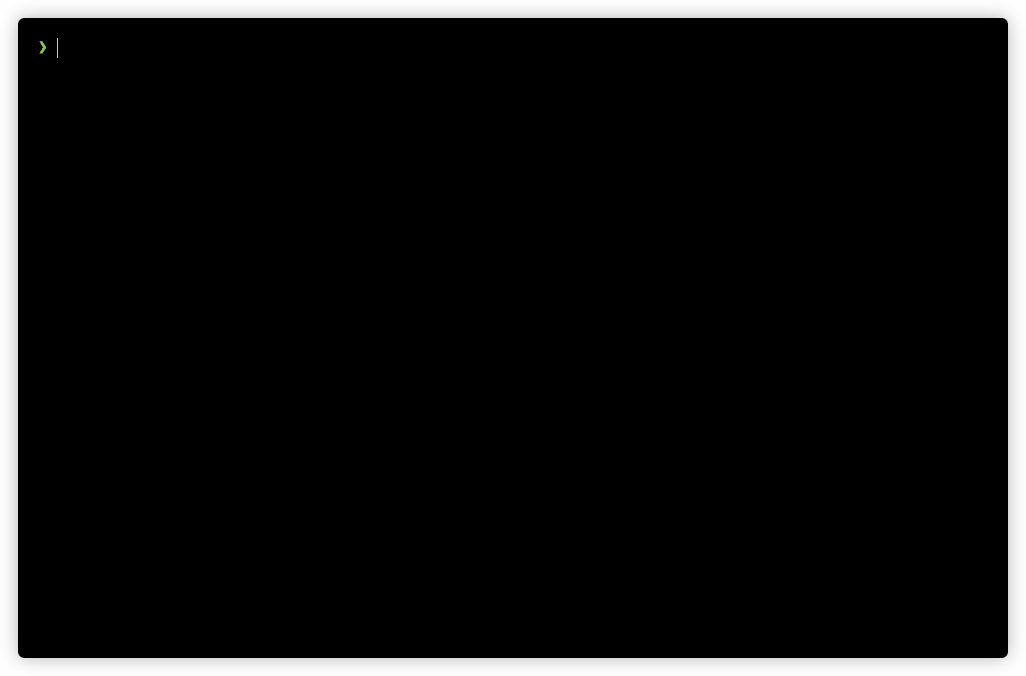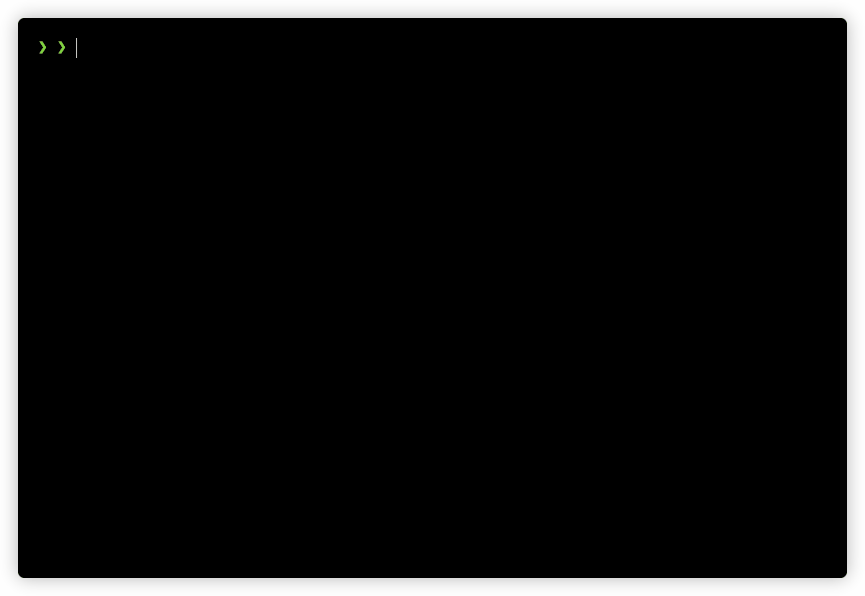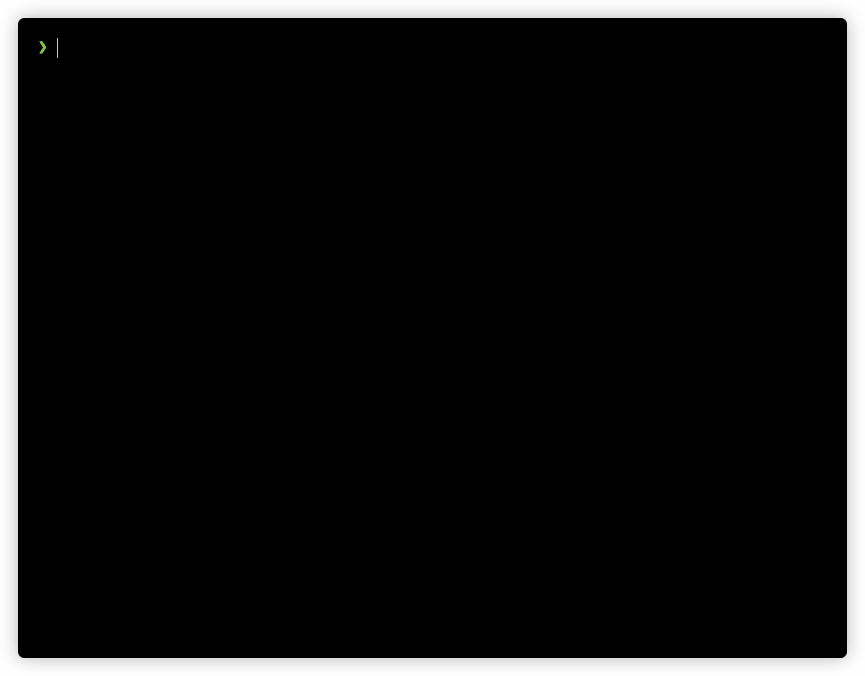I'm learning Rust, this is a small and fun project just to challenge myself.
But it was a long way to get there! Here are some pieces of the journey...
Here's how I feel I can challenge myself even more, in order of complexity, followed by my actions when already done:
-
first version, with fixed integer position and velocity- defined project structure, with data, main loop and animation steps;
- implemented Display for Game.
-
random initial ball position and velocity- include
randdependency; - this has introduced floating point positions and velocity, enabling much more freedom of movements.
- include
-
several balls at the same time- this tests every cell for any ball in there, but Rust is FAST;
- caches the ball positions in i32s, with only one allocation, to try to reduce impact of the above;
- I've included a frame counter, to see if the terminal was actually refreshing (it was hard to find those balls! 😅).
-
random balls color and representation- introduces a cool new color system using a macro;
- removed the ball positions cache, as I needed the actual balls with their positions;
- switched for a method that does the cast on demand for each ball for each cell (have I said Rust is FAST?);
- removed the frame counter;
- known issue: when more than one ball is at the same cell, only the first found one is drawn.
-
implement a double buffering system for rendering the screen- refactored the whole project to split modules (which introduced nice visibility concerns);
- implemented an actual game loop;
- improved the
style!macro withformat_args!, enabling to style only parts of a text; - merged colors and styles, reducing code duplication;
- implemented Display for Style, so blocks of text can be styled directly, without unnecessary replicated styles;
- inverted the control of the drawing system: instead of the board testing for the existence of balls, the balls draw themselves into the board;
- created a FrameBuffer system, which stores the game data already resolved cited above, and without any allocations;
- included a small number in the lower right corner to show the frame time in millis;
- Game has now two frame buffers, and swaps between them when a new frame is ready (before it took between 0 and 10 millis to render one frame, now it is nicely steady at 0, which means sub-millisecond 👏).
-
make the #1 ball always a red ◉, and remove duplications- created a FrameRow abstraction;
- include
itertoolsdependency; - improved Display for FrameBuffer and implemented it for FrameRow, optimized with itertools;
- implemented a build system for Ball, now we can choose some fields, which will not be random;
- create a red ball using the new build system;
- avoid duplications in the generated balls;
- protect against a potential infinite loop, trying to find a unique ball when all combinations has been exhausted.
-
implement a multi-threaded, async render engine, using stdout in raw mode- remove caption (in preparation for an actual game);
- implement better types for point, velocity and size;
- measure all three main game loop blocks: input, update and render;
- flatten frame buffer data;
- changed Point, Velocity and Size to named fields;
- better write! error handling;
- use termion, to leverage raw mode and input keys without echoing on screen, handling input on a separate thread;
- improve game loop, with target frames per second as floats;
- total overhaul in FrameBuffer, which now uses a sparse data matrix, controls rendering pipeline, and draws and clears only when needed.
-
- super cool and more powerful BallBuilder;
- commands to dynamically insert and remove balls;
- commands to reset [colors and representations] and [velocities] of all balls, always maintaining positions on the board and leaving the red ball untouched (leverages the new cool BallBuilder powers);
- general refac, moving main game loop into Game.
-
make the border an actual part of the board, allowing to change it (if there's no border, I could wrap around)
-
walls and other obstacles inside the world
-
detect overlaps and paint differently
-
make the balls leave a trail
-
include CLI arguments (clap or structopt) for board size, initial number of balls and fps target
-
implement trail behaviors, like decaying and following (snake!)
-
implement collision behaviors, like destroy and explode (more balls are generated)
-
implement movement behaviors, like acceleration, parabola and even wander
-
maybe at this point it could even turn into a game! a breakout or pong or snake or asteroid of some sort
-
make the balls collide with each other
-
balls of different shapes (n x m chars)
Ok, what do you think?
- Is it efficient?
- Is it idiomatic?
- Could it improve in any other way?
You can help me! Please open an issue and tell me about it...
I hope you can learn something too!
Thank you!














